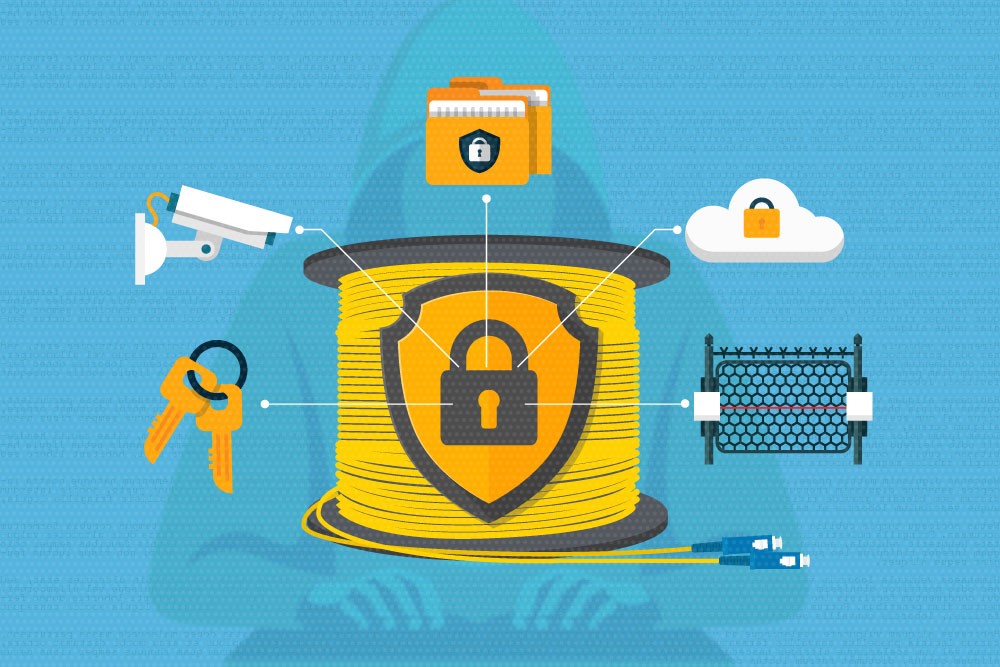Copper cable has a notorious reputation about being the easily tapped physical transmission medium for many years. Certified fiber optic trainers and security managers resort to either having a tight physical security for cabling or opt for using fiber as an alternative. Today, optical fibers are responsible for carrying large amounts of Internet traffic around the world. However, hackers are also getting clever with their methods of infiltrating into your fiber network. They are adapting. They have developed a tool to tap into a fiber run. The hardware consists of bending the fiber until it leaks light. Global businesses start to deploy encryption strategies across their operations due to large breaches and cyberattacks. This prompts companies to improve their IT security. Below are methods on how you can protect your fiber network against these hacks:
Prevent Physical Access
Intruders deliberately attempting to infiltrate data from its location would go as far as climbing or cutting the fence or digging under the fence. It is crucial to take this possibility into account. Hence, your fiber security design plan should include a threat assessment and site survey. This is to assess the issues within the premise in preparation for the installation of cables and parameter tuning. Once everything is appraised, installation of sensor cables and IP cameras should take place and you should implement security protocols.
Encrypt All Sensitive Data
If it is virtually impossible to protect cable networks, then consider encrypting all sensitive data. The idea is to render hacking your data stream pointless. Fiber Optic Association Cebu can help businesses apply robust encryption in place so that your data is protected “in flight” other than when just stored in servers and devices. A standard email using POP3 can be read as it is whereas encrypted messages will deliver gibberish information to the hacker. Specialist companies can now act as brokers to help businesses take control over their network designs. Company data is as valuable as money, so they should be doing all they can to guard it while they are keeping security threats at bay.
Fiber Intrusion Detection Device
This detection system is designed to reinforce a security team’s ability to detect and respond in case of an intrusion. It has a sensing cable to read a vibration, and a central sensing device that can analyze the magnitude and pattern of the vibrations. The emitted light comes at a vibration point with a slight difference in time of flight. After passing through the vibration point, the two counter-directional light packets are combined to cause interference. Now this light interference can be detected by a photo diode (PD). On the other hand, when the condition is static or there is no vibration, the interference light strength is stable.
In a nutshell, whether that’s a copper or fiber optic cable, there’s never a guarantee that it is safe from tapping. It is only a matter of how well-equipped your security and network management team is when it comes to taking precautionary measures and establishing defenses to protect data as they move through copper or fiber optic medium. And these steps should cover both the physical and technical solutions.



